Globally, electric vehicle (EV) sales have seen a significant rise in recent years. As more people switch to electric cars, the need for reliable and accessible charging infrastructure—both at home and in public spaces—has grown rapidly. However, many new EV owners find the process of charging confusing and overwhelming. One of the most common questions among new EV drivers is how to pay for charging. This article aims to provide clarity by explaining the various payment methods available and why there are so many different options out there. While there are some free charging options—such as at workplaces or businesses that offer it for free—most of the time, you will have to pay. In fact, about 9 out of 10 times, you'll be charged for using a public charger. The way you pay for EV charging can vary depending on whether you're charging at home or in public. Let's break it down. Home charging is straightforward. Most home chargers are connected to your electricity meter, so the cost of charging your car is simply added to your monthly utility bill. Public charging is more complex. The method of payment depends on the operator or network. You might pay per use, or you could sign up for a membership or subscription that offers discounted rates. Payment methods often include apps, RFID cards, or contactless credit/debit cards. Below we’ll go into more detail and explain how each payment option works. Unlike gas stations, which are limited in number and location, EV charging is much more flexible. You can charge almost anywhere, from your home to public parking lots, shopping centers, and highways. This flexibility comes with a variety of payment methods. Before discussing payment methods, it’s important to understand the two main types of EV charging: private and public. Private charging, also known as residential or home charging, refers to chargers installed in a place that isn’t open to the public, such as your garage or apartment complex. Public chargers, on the other hand, are located in places like supermarkets, hotels, and gas stations. These are accessible to anyone but may require creating an account or using a specific app or card. Now that you understand the difference between private and public charging, let’s look at how you pay for each. Home charging is simple and usually the most cost-effective. Since the charger is connected to your home’s electrical system, the cost of charging your car is included in your monthly electricity bill. How much you pay depends on your electricity provider, your rate plan, and how often you charge. Some providers even offer lower rates during off-peak hours, making it even more affordable. Public charging involves more steps. Most stations require some form of authentication before you can start charging. This can be done through an app, an RFID card, or a contactless payment method. Costs vary based on the power output of the charger and the network you're using. Many stations charge a connection fee plus the cost of the electricity used. The key challenge is identifying who is using the charger. This is where things can get a bit complicated, as different networks use different systems for authentication. Let’s take a closer look at the most common ways to pay for public charging. There are currently three main ways to authenticate yourself at a public charging station, with a new method called “plug and charge†being developed to make the process smoother. Most payment methods allow you to either pay per session or subscribe to a service that gives you discounted rates. Subscriptions can be more cost-effective if you frequently use public chargers. Many public charging stations now support mobile apps. These apps allow you to connect, authenticate, and pay for your charging session directly from your phone. You can choose between paying per use or signing up for a membership. Memberships often offer better rates, while pay-as-you-go is more flexible. Some public charging stations use RFID cards or key fobs for authentication. These devices store your account information, allowing you to access the charger without a smartphone. Like apps, you can choose between a membership or a pay-per-use model. However, since not all stations accept the same RFID cards, you may need multiple cards if you use different networks. Some public chargers allow you to pay using a contactless credit or debit card. This is the simplest method, but it often comes with higher prices compared to subscriptions or memberships. While convenient, this method doesn't offer any discounts or benefits that come with other payment options. Paying for public EV charging can be confusing, especially when dealing with multiple operators and different payment methods. But things are changing. New standards and regulations are being introduced to make the process simpler and more user-friendly. One such innovation is “plug and charge,†an international standard designed to streamline the charging experience by automatically identifying users when they plug in their vehicles. “Plug and Charge†is part of the ISO 15118 standard, which aims to simplify the charging process. Instead of manually logging in or swiping a card, your vehicle will automatically communicate with the charger, eliminating the need for extra steps. This makes the process faster and more seamless, especially for frequent EV users. Governments around the world are working to standardize and improve EV charging infrastructure. In the US, the National Electric Vehicle Infrastructure (NEVI) program promotes interoperability and fair pricing across charging networks. In Europe, the “Fit for 55†initiative includes rules to ensure that EV charging is transparent, accessible, and user-friendly under the Alternative Fuels Infrastructure Regulation (AFIR). Roaming allows EV drivers to charge at stations across different countries using a single subscription. This is similar to how mobile roaming works, enabling you to use services abroad without additional costs. With roaming, you don’t need to worry about multiple accounts or cards. You can charge anywhere, anytime, just like you would at home. As the EV market continues to grow, the charging landscape is evolving. While there are still many different ways to pay for charging, new standards and regulations are helping to create a more unified and user-friendly experience. If you're interested in learning more about EV charging, check out our dedicated articles on using a public charger and EV roaming. Hockey Field Artificial Grass,Hockey Turf Materials,Indoor Hockey Grass,Outdoor Field Hockey Grass,High-Performance Field Hockey Grass Shenzhen New Gaopin Sports Goods Co,Ltd , https://www.newgaopin.comDo you have to pay to charge an electric car?
How to pay for electric car charging: a brief overview
Charging at home
Charging in public
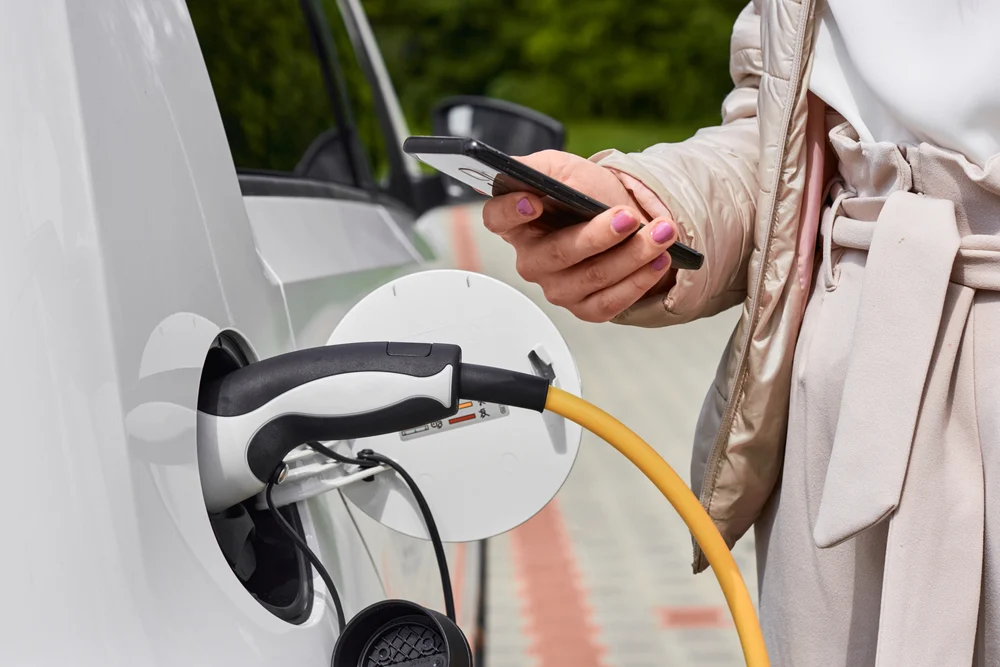
How do you pay for electric car charging?
Different types of charging
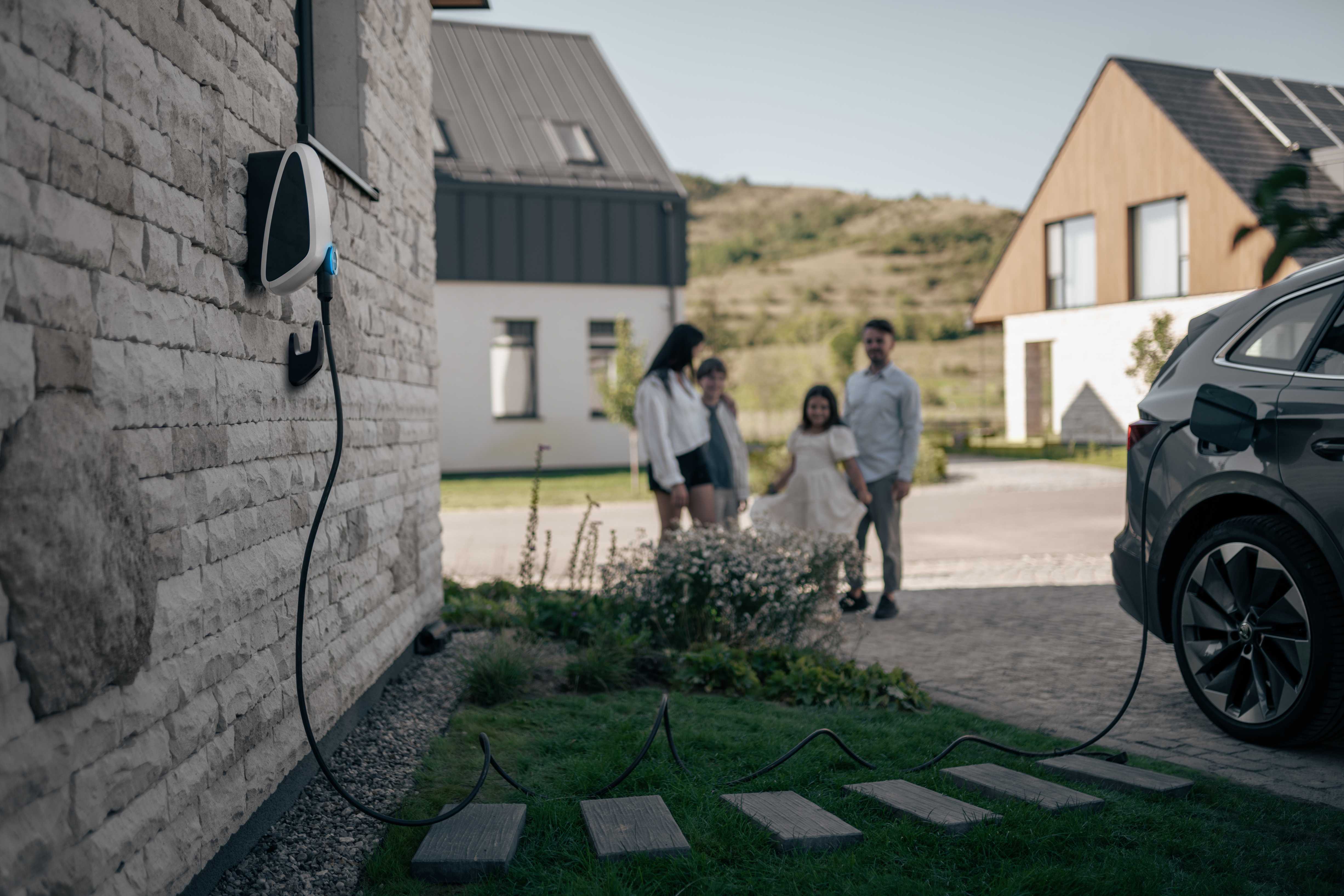
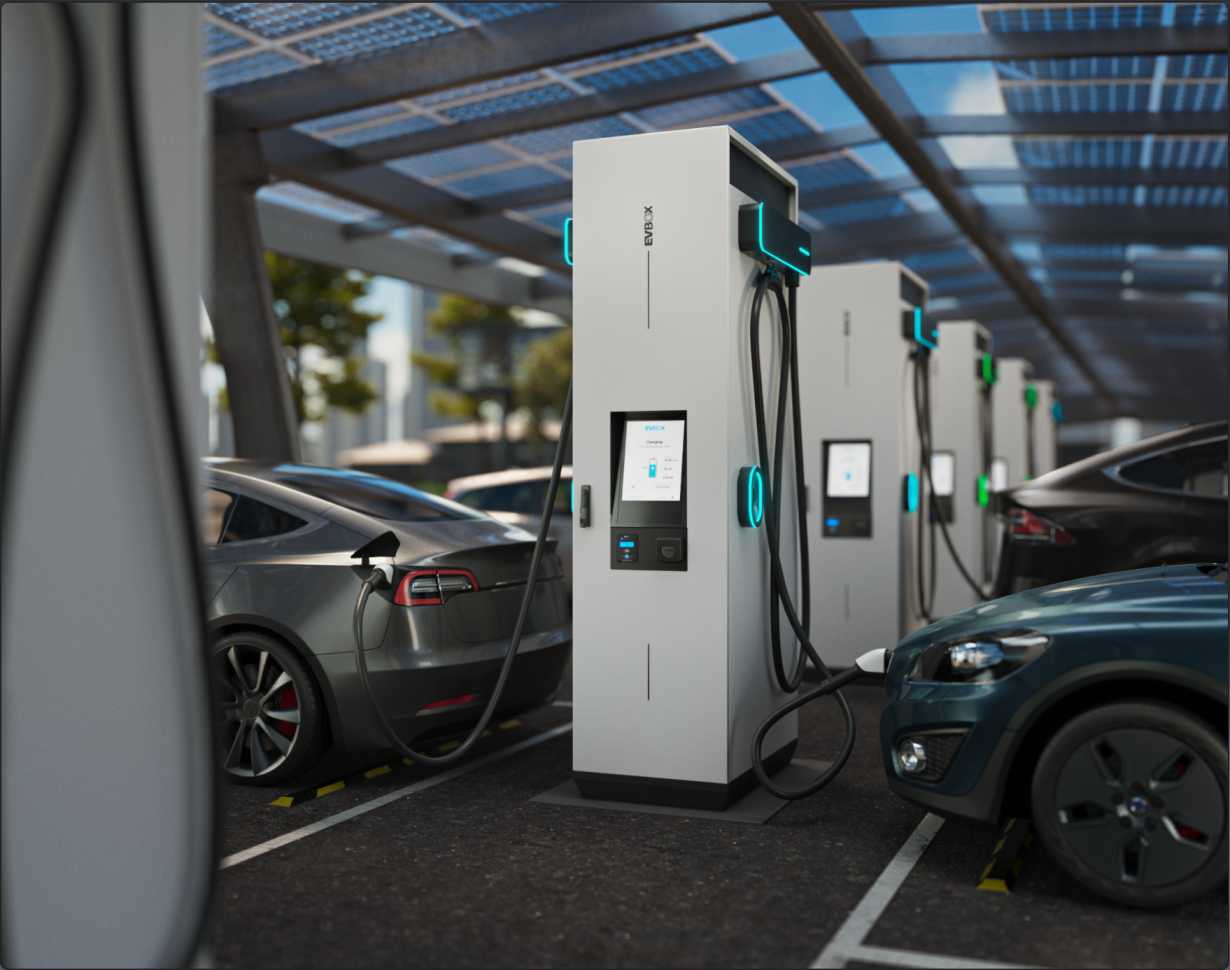
How to pay for home charging
How to pay for public charging

How you pay is connected to how you identify yourself to the charging station
Charging via an app
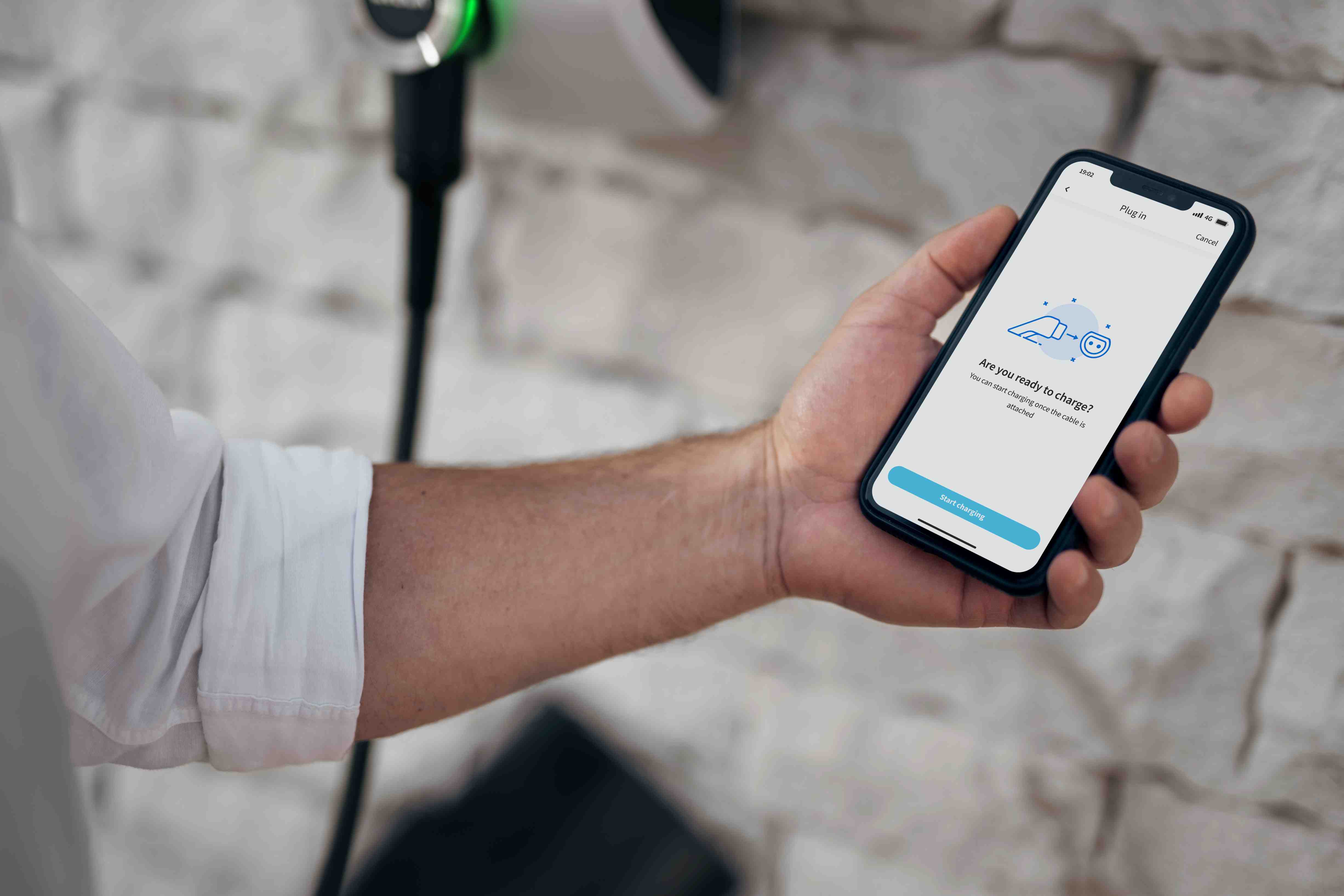
RFID card / Key fob
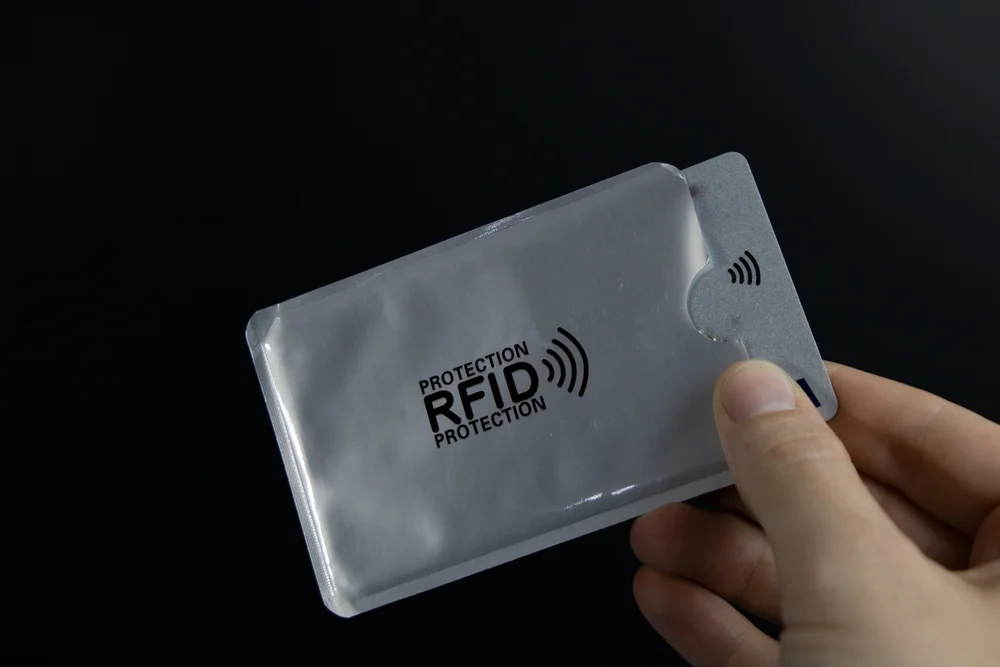
Contactless payment/card reader
What does the future hold for public EV charging payments?
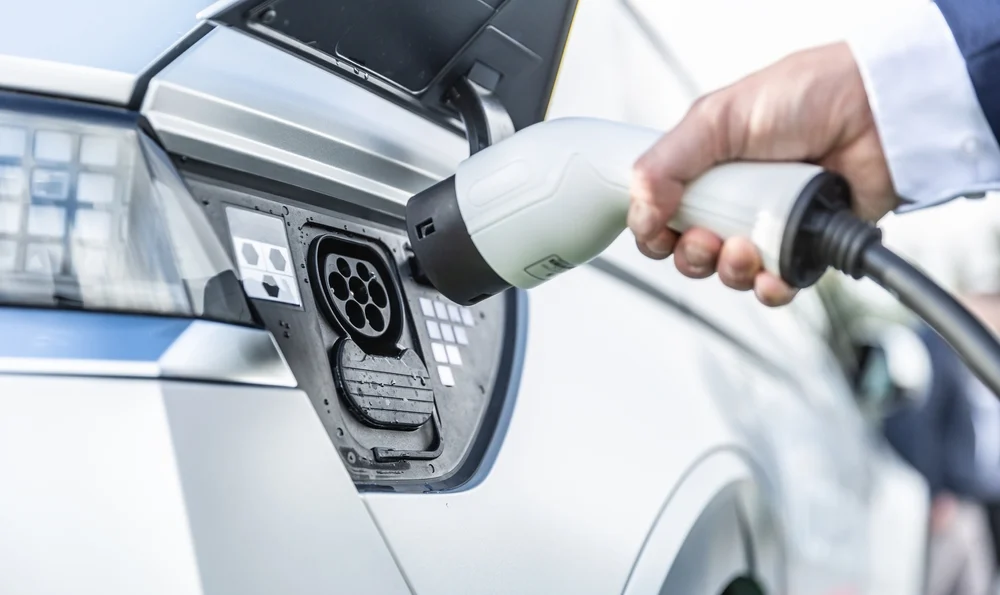
Plug and Charge
Government initiatives to improve the EV charging experience

EV Roaming
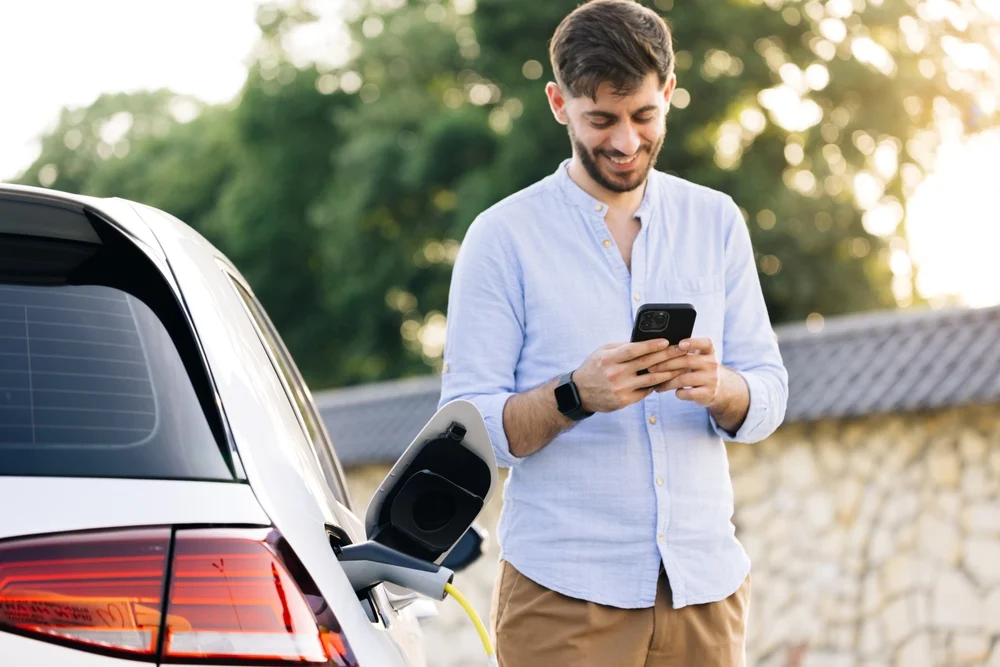
How do you pay to charge an electric car?
Globally, electric vehicle (EV) sales have seen a significant rise in recent years. As more people switch to electric cars, the need for reliable and accessible charging infrastructure—both at home and in public spaces—has grown rapidly. However, many new EV owners find the process of charging confusing and overwhelming. Hockey Field Artificial Grass,Hockey Turf Materials,Indoor Hockey Grass,Outdoor Field Hockey Grass,High-Performance Field Hockey Grass Shenzhen New Gaopin Sports Goods Co,Ltd , https://www.newgaopin.com